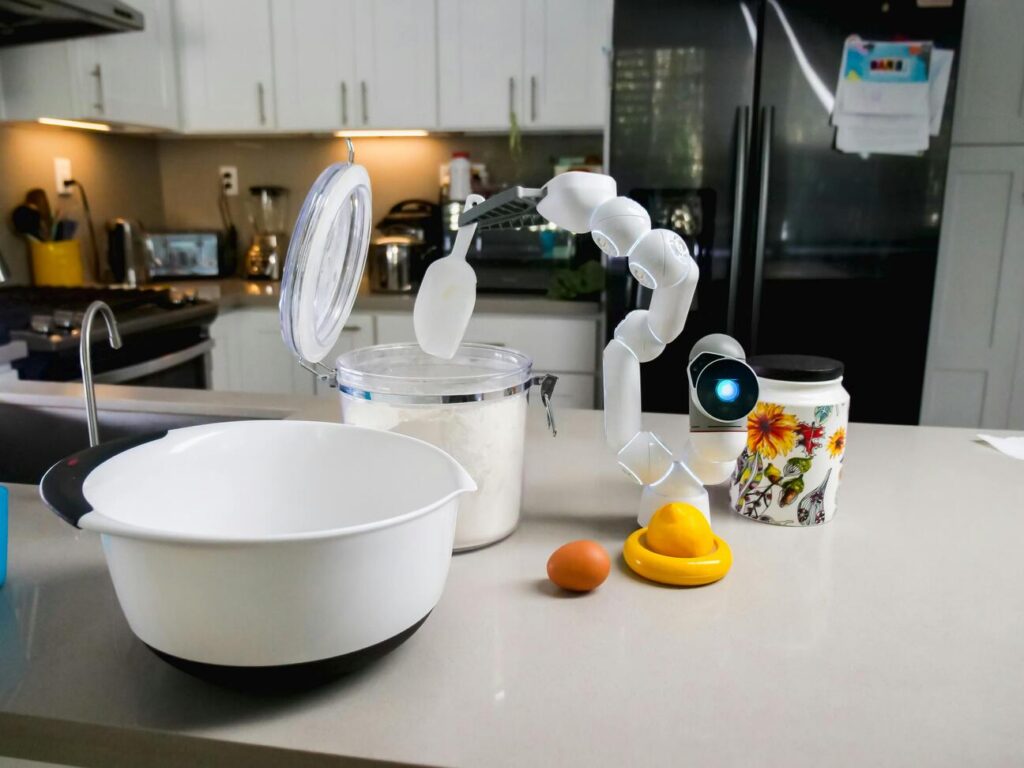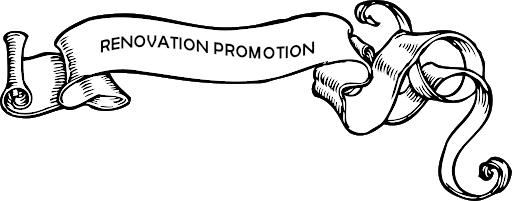Transforming Your Home into a Smart Hub: A Step-by-Step Guide to Retrofitting Existing Spaces

In today’s digital age, the concept of a smart home has evolved from a futuristic fantasy to a practical reality. With advancements in technology, homeowners now have the opportunity to transform their existing spaces into modern smart hubs that offer convenience, efficiency, and security. Retrofitting an existing home with smart technologies may seem like a daunting task, but with the right guidance and know-how, it’s entirely achievable. In this comprehensive guide, we’ll provide practical tips and step-by-step instructions for homeowners looking to upgrade their homes into smart hubs.
The first step in retrofitting an existing home with smart technologies is to assess your needs and priorities. Take some time to think about the areas of your home where you’d like to incorporate smart technologies and the specific functionalities you’re looking to achieve. Are you interested in smart lighting systems that can be controlled remotely? Do you want to install smart locks for added security? By identifying your goals upfront, you can narrow down your options and make more informed decisions during the retrofitting process.
Once you’ve determined your objectives, the next step is to research and choose compatible smart devices that align with your needs and preferences. There’s a wide range of smart technologies available on the market, including smart thermostats, smart speakers, smart cameras, smart plugs, and more. Consider factors such as compatibility with your existing home infrastructure, ease of installation, and integration with other smart devices in your ecosystem. Reading reviews and seeking recommendations from friends or professionals can also help you make informed choices.
Once you’ve selected your smart devices, it’s time to plan the installation process. Depending on the complexity of your retrofitting project, you may choose to install the devices yourself or hire a professional installer. For simpler tasks like setting up smart speakers or installing smart plugs, DIY installation may be feasible for homeowners with basic technical skills. However, for more complex tasks like wiring smart lighting systems or configuring central control systems, professional assistance may be necessary to ensure proper installation and functionality.
As you begin the installation process, it’s essential to follow the manufacturer’s instructions carefully and take necessary safety precautions. Make sure to power off electrical circuits before making any wiring connections and double-check compatibility between devices to avoid any compatibility issues. If you’re unsure about any aspect of the installation process, don’t hesitate to seek help from a qualified professional or consult online resources for guidance.
Once all your smart devices are installed and configured, it’s time to set up a central control system to manage and monitor them effectively. Many smart home platforms offer centralized control interfaces, such as mobile apps or voice assistants, that allow users to control and automate various smart devices from one convenient location. Take the time to familiarize yourself with the features and capabilities of your chosen control system, and customize it to suit your preferences and routines.
In addition to central control systems, consider implementing automation and scheduling features to optimize the functionality of your smart home. For example, you can create custom routines that automatically adjust lighting, temperature, and security settings based on your daily schedule or specific triggers, such as motion detection or sunrise/sunset times. By leveraging automation, you can streamline your daily routines, enhance energy efficiency, and maximize the benefits of your smart home setup.
As you continue to use and interact with your smart home, don’t forget to periodically review and update your settings and configurations to ensure optimal performance and security. Regularly check for software updates and security patches for your smart devices and control systems, and adjust settings as needed to address any changes in your lifestyle or preferences. By staying proactive and vigilant, you can maintain a smooth and seamless smart home experience for years to come.
Retrofitting an existing home with smart technologies is a rewarding and transformative process that can enhance your quality of life and elevate the functionality of your living space. By following the practical tips and step-by-step guidance provided in this guide, homeowners can upgrade their homes into modern smart hubs that offer convenience, efficiency, and security. Whether you’re looking to install smart lighting systems, smart thermostats, or smart security cameras, with the right approach and mindset, transforming your home into a smart hub is entirely achievable.











